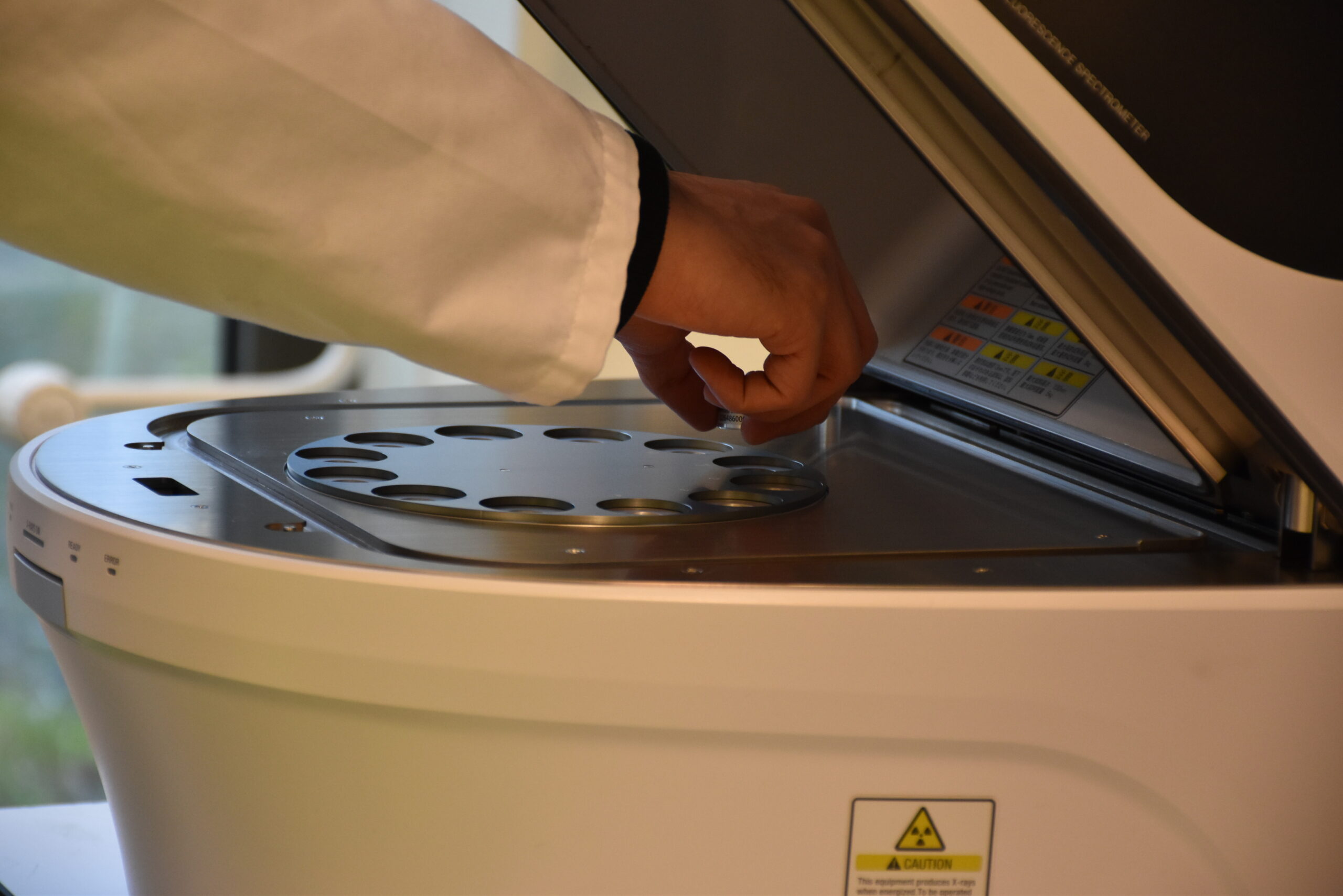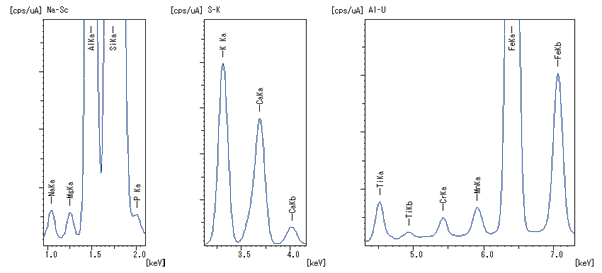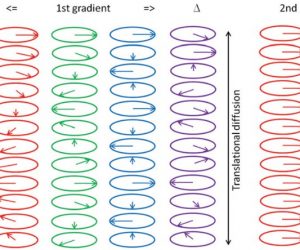Application Notes
All Blogs/Application Notes
EDX as a fast and reliable method for routine elemental analysis
Elemental analysis is an essential part of materials science, chemistry, and other related fields. It involves determining the composition of a sample both qualitatively and quantitatively. Energy Dispersive X-ray Fluorescence Spectroscopy (EDX or EDXRF) is a powerful tool for performing elemental analysis. The technique is widely used due to its high sensitivity, speed, and non-destructive nature. In this blog post, we will discuss the basics of EDX and its applications.
What is EDX?
EDX is a type of X-ray fluorescence spectroscopy that is used to determine the elemental composition of a sample. The technique involves irradiating the sample with X-rays, which causes the atoms in the sample to emit new X-rays, called characteristic X-rays. More specifically, when an incoming X-ray collides with an electron of an inner shell, the electron is knocked out, creating a hole in its place. This hole is filled by an electron being moved down from a higher energy shell. The latter process results in the emission of fluorescent or characteristic X-rays, which are unique to each element. This process is illustrated in the figure below. In EDX, the characteristic X-rays are detected and correlated to the presence of specific elements and their concentration within a sample, according to their wavelength and intensity respectively.

How does EDX work?
Once the sample is placed in the chamber of the instrument it is irradiated with X-rays that are generated in the X-ray tube. This causes the sample to emit characteristic X-rays, as mentioned before, which enter a semiconductor detector. The semiconductor detector converts the characteristic X-rays into electric signals, which are amplified and processed in an analyzer. The analyzer takes into consideration the intensity of the signal for each energy, which is proportional to the concentration of the element that emits characteristic X-rays at that energy. Therefore, depending on the wavelength of the characteristic X-rays they are attributed to the corresponding elements, while the concentration is calculated based on their intensity. The results are obtained in the form of a spectrum with peaks at certain energies as shown in the figure below, and a list of the elements present and their concentration in percentage or ppm units.

Applications of EDX:
EDX is used in a wide range of applications, including:
- Materials Science: EDX is used to determine the elemental composition of materials such as alloys, and screen for harmful elements in a variety of materials.
- Environmental Analysis: EDX is used to determine the elemental composition of environmental samples such as soil, water, and air.
- Forensics: EDX is used to analyse trace elements in forensic samples such as hair, fibres, and soil.
- Recycling: EDX can be used to sort waste and separate it prior to processing.
- Chemistry: EDX is used to determine elemental composition as a routine measurement, which is not possible with most other contemporary elemental analysis techniques.
Advantages of EDX:
- Non-destructive: EDX is a non-destructive technique, which means that the sample can be analysed without damaging it.
- High Sensitivity: EDX is a highly sensitive technique, which means that it can detect very low concentrations of elements.
- Fast: EDX is a fast technique, which means that it can provide results in a matter of minutes.
- Broadly accessible: EDX works on a wide range of sample types. It can measure surfaces, powders and even liquids and solutions, which means that the different areas of application are incredibly broad.
Conclusion:
EDX is a powerful tool for performing elemental analysis. It is a fast, sensitive, and non-destructive technique that can be used in a wide range of applications. The technique has become a reliable source of elemental composition data and can be performed at a much higher through-put rate than traditional techniques. If you need elemental analysis, consider using EDX to obtain fast and accurate results. For more information on the topic and to see if our EDX capabilities are a good fit for your needs, contact us at findoutmore@spark904.nl.
More recent Application Notes

NMR technique for average molecular weight determination of polymers

Precision synthesis of nanoparticles
Let's
talk.
Together with you, we
make sure that we find
the answers.
Call us on +31 6 27080833
or use the form.

